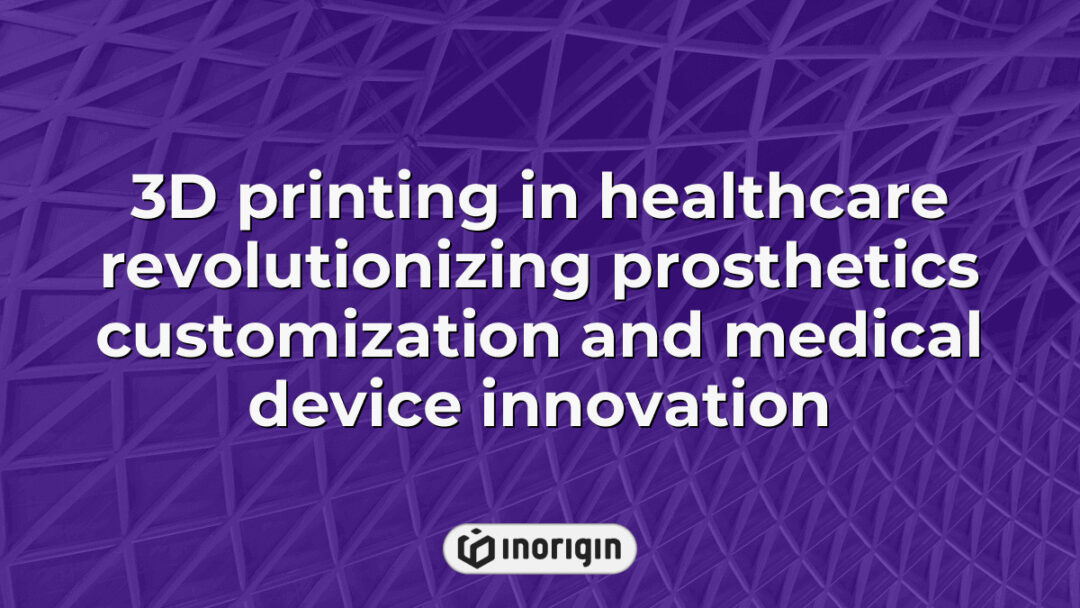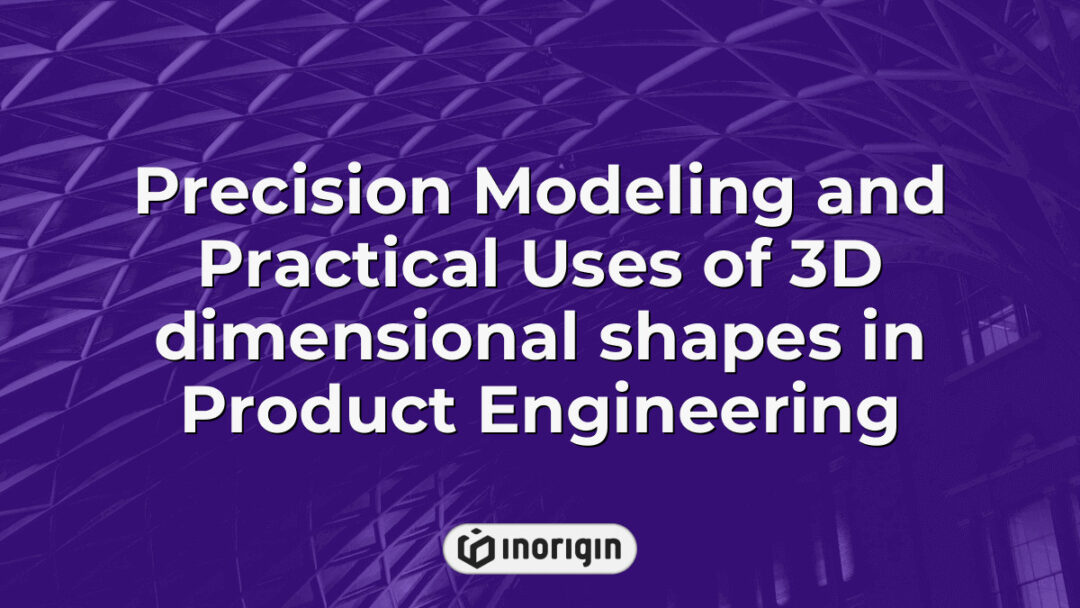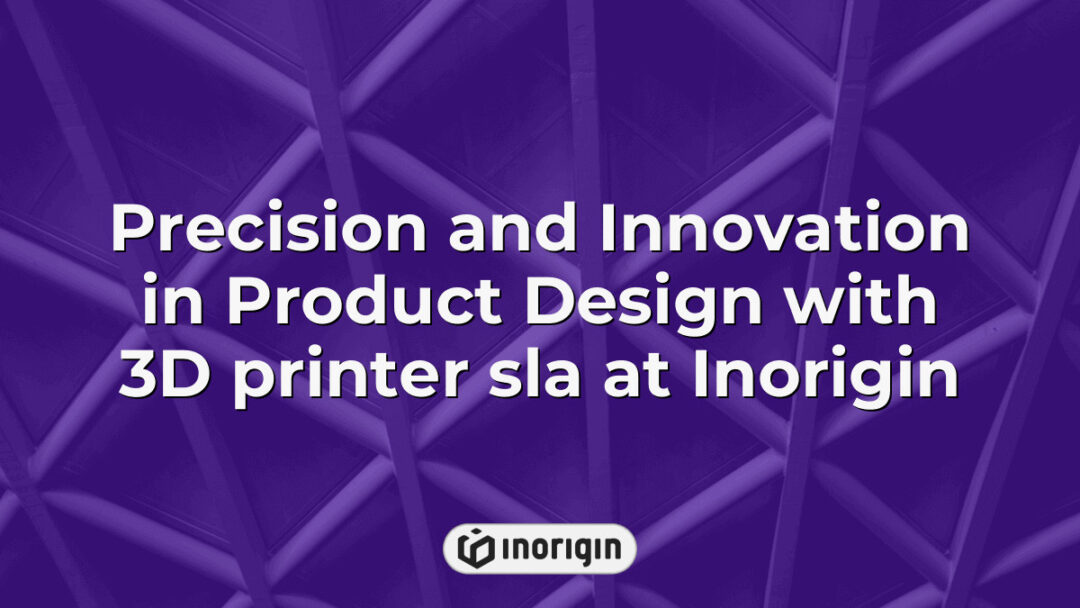The advent of 3D printing technology has revolutionized numerous industries, and its application in healthcare represents one of the most transformative developments of the 21st century. By enabling the precise fabrication of customized medical devices, prosthetics, and even bio-printed tissues, 3D printing is not only enhancing patient outcomes but also significantly reducing costs and production times. This innovative approach facilitates a shift from traditional manufacturing methods to personalized medicine, where treatments and devices can be tailored to the unique anatomical and physiological characteristics of individual patients. As the integration of 3D printing into clinical practice continues to advance, it prompts critical examination of the ethical, regulatory, and logistical implications of this ground-breaking technology within the healthcare landscape.
| Aspect | Key Takeaway |
|---|---|
| Overview of 3D Printing in Healthcare | 3D printing in healthcare enables precise fabrication of personalized medical devices, improving patient outcomes and transforming treatment approaches. |
| Customization and Personalization | 3D printing allows creation of tailored prosthetics and implants that match unique anatomical features, enhancing functionality and patient comfort. |
| Surgical Applications | 3D-printed anatomical models assist in detailed pre-operative planning, increasing surgical accuracy and reducing operation times. |
| Material Innovations | Advanced biocompatible materials and durable alloys enable production of reliable implants and tissue scaffolds essential for medical use. |
| Cost Efficiency | On-demand production with 3D printing reduces waste, shortens lead times, and lowers manufacturing costs for healthcare providers. |
| Regulatory and Collaborative Challenges | Compliance with evolving medical device regulations and multidisciplinary teamwork are critical to successfully implement 3D printing solutions. |
| Future Potential | Emerging technologies in 3D printing promise further breakthroughs in regenerative medicine, personalized implants, and surgical tools. |
Innovative Applications of 3D Printing in Medicine
3D printing in healthcare represents a transformative advancement, particularly in the area of creating anatomical models that cater to individual patient needs. This technique harnesses the principles of additive manufacturing, enabling the production of complex geometry that traditional methods struggle to achieve. By utilising advanced software and precision machinery, practitioners can generate highly accurate representations of organs and tissues, facilitating improved pre-operative planning. Furthermore, the integration of 3D printing into surgical practice has demonstrated its efficacy in enhancing surgical outcomes; for instance, custom-designed models have been employed in craniofacial surgeries, significantly boosting the accuracy of procedures and reducing operation times. Such examples illustrate not only the functional advantages but also the potential for cost reductions in long-term healthcare expenditures. In essence, the innovative applications of 3D printing in medicine stand to revolutionise patient care and surgical practices, paving the way for a more personalised approach to health interventions.
Advancements in Prosthetics and Implants through 3D Printing
Advancements in prosthetics and implants through 3D printing represent a significant leap forward in healthcare technology. This innovative approach allows for the creation of personalised prosthetics that can be custom-fitted to accommodate unique anatomy, thereby improving patient comfort and functionality. For instance, recent studies have demonstrated that 3D-printed prosthetic limbs can be tailored to the specific dimensions and requirements of the user, which is a major shift from traditional methods that often result in ill-fitting solutions. Furthermore, custom implants fabricated using 3D printing techniques enable surgeons to address complex anatomical challenges; such as reconstructing bone defects with precision. This technology not only reduces surgical time but may also lead to quicker recovery periods for patients, as illustrated by cases where individuals have successfully adapted to their implants within weeks rather than months. Overall, the integration of 3D printing in the design and production of prosthetics and implants is transforming the standard of care in the medical field, offering new hope and improved quality of life for those with limb loss or anatomical irregularities.
Customization and Personalization in Medical Devices
The intricate process of crafting medical devices through 3D printing can be likened to a masterful sculptor chiselling away at stone to reveal a unique form within, much like the potential for customised orthopedic solutions emerging in the healthcare sector. Transitioning from traditional manufacturing methods, healthcare professionals have increasingly turned to 3D printing due to its ability to create highly tailored products that meet the specific needs of individual patients. For instance, a study published in 2021 demonstrated that personalised prosthetics, created using 3D printing technologies, resulted in improved patient satisfaction rates—up to 85%—when compared to off-the-shelf alternatives. This illustrates not only the efficiency of customisation but also its profound impact on patient outcomes. Customised orthopedic solutions are revolutionising treatments and surgeries, allowing for adaptations based on unique anatomical structures that standard devices simply cannot accommodate. Additionally, printing technologies offer rapid prototyping capabilities, meaning that devices can be designed, tested, and manufactured in a fraction of the time required by conventional methods. As this trend continues, healthcare professionals stand at the forefront of a new era, where they can provide more relevant and effective care, addressing the individual requirements of every patient with unprecedented accuracy and flexibility.
Overcoming Challenges in 3D Printing for Healthcare
When it comes to 3D printing in healthcare, overcoming challenges is often the name of the game. The technology offers significant promise, particularly in areas requiring complex procedures such as organ replacements and specialty care; however, several obstacles must be addressed before real potential can be unlocked. Key issues currently hindering progress include:
1. Regulatory hurdles that slow down the approval of new medical devices.
2. Material limitations that affect the strength and biocompatibility of printed products.
3. The need for collaboration across multidisciplinary teams, from engineers to healthcare professionals.
These challenges highlight the critical nature of fostering innovation in a highly regulated environment while ensuring patient safety remains paramount. The integration of 3D printing into healthcare holds transformative possibilities, allowing for customization and personalization in medical devices that were previously unimaginable. Yet, as these innovative solutions are attempted, the healthcare industry must face the reality of existing limitations and work collaboratively to develop effective strategies to overcome them. Progress in this field could signify a fundamental shift in the delivery of care and treatment options.
Future Perspectives on 3D Printing Technology in Healthcare
The future perspectives on 3D printing technology in healthcare signify an intersection of innovation and practicality that has the potential to reshape treatment modalities dramatically. At its core, this technology holds the promise of enhancing surgical precision and enabling personalised medicine through the creation of custom implants and prosthetics. To illustrate the breadth of impact, consider the following key areas where 3D printing is expected to assert influence:
- Development of biocompatible materials tailored for implants.
- Creation of anatomical models for pre-surgical planning.
- Fabrication of patient-specific instruments to improve surgical outcomes.
- Advancements in drug delivery systems that utilise 3D printing techniques.
- Innovations in tissue engineering aimed at regenerative medicine.
While innovations in 3D printing for healthcare continue to emerge, several challenges remain that must be addressed—ranging from regulatory hurdles to ensuring quality control of printed materials. As surgeons adopt these technologies, a higher level of collaboration between engineers, medical professionals, and regulatory bodies will be essential to navigate the evolving landscape of 3D printing. Data from research conducted by the National Institutes of Health indicates that the growth rate for 3D printing in the medical sector could reach as high as 23% annually between 2021 and 2027, reflective of its increasing integration into surgical practices. The process of integrating these technologies necessitates an understanding not only of engineering principles but also of medical ethics, patient safety, and logistical considerations surrounding production and distribution. Thus, as advancements unfold, a multidimensional approach becomes imperative to maximise the benefits while mitigating associated risks.
Frequently Asked Questions
What are the regulatory approvals required for 3D printed medical devices?
The regulatory approvals required for 3D printed medical devices are multifaceted, governed by several key agencies and national regulations that vary across jurisdictions. In the United States, for example, the Food and Drug Administration (FDA) is primarily responsible for evaluating medical devices, including those created through additive manufacturing technologies. Each device must undergo a rigorous classification process, which typically involves a premarket notification (510(k)) or a premarket approval (PMA) submission, depending on the level of risk associated with the device. Transitioning to Europe, the European Medicines Agency (EMA) and the relevant national authorities play significant roles under the Medical Device Regulation (MDR), enacted in May 2021, that emphasises strict safety and efficacy requirements. Additionally, it’s crucial for manufacturers to conduct thorough risk assessments, produce documentation that validates the manufacturing process, and implement quality management systems to ensure compliance with standards such as ISO 13485. The emphasis on post-market surveillance cannot be overlooked either, as continuous monitoring of the device’s performance in a clinical setting is required to identify any long-term effects or complications. The complexity of these regulatory pathways is compounded by emerging technologies in 3D printing, which demand ongoing dialogue between manufacturers and regulators to navigate these evolving challenges. Regulatory compliance in this domain is not merely a bureaucratic hurdle; it serves to protect patients and maintain the integrity of healthcare practices in an era where innovation continually shapes options in medical treatments.
How does 3D printing impact the cost of healthcare services?
The potential for 3D printing to revolutionise healthcare services is absolutely staggering, with implications that could reshape the entire sector from its very foundation. Initially, it is essential to recognise how this technology alters the production and distribution of medical devices, making them more customisable and typically more cost-effective. Traditional manufacturing processes for medical devices are, often, burdened by a myriad of expenses—from raw materials to logistics—which can inflate costs for both manufacturers and patients alike. In contrast, 3D printing allows for on-demand production, significantly reducing waste and minimising inventory costs; a study from the Journal of Medical Devices in 2021 indicated that costs associated with prototyping could decrease by as much as 90% through additive manufacturing. Furthermore, when considering hospital environments, the ability to produce bespoke implants or surgical tools on-site not only cuts down on wait times but also diminishes shipping costs. Ultimately, this shift towards decentralised manufacturing in healthcare heralds a new era where affordability and accessibility become more attainable for patients, marking a transformative change that is not merely evolutionary but revolutionary. As the landscape continues to evolve, investment in this technology may yield significant savings while improving patient outcomes, which can hardly be overstated.
What materials are commonly used in 3D printing for healthcare applications?
The materials commonly employed in 3D printing for healthcare applications encompass a diverse range, reflecting both the complexity of medical requirements and the advancements in printing technologies. Thermoplastics, such as polylactic acid (PLA) and acrylonitrile butadiene styrene (ABS), are frequently utilised due to their accessibility and ease of manipulation. In contrast, more specialised applications may call for biocompatible materials like polyethylene terephthalate glycol-modified (PETG) or polycaprolactone (PCL) which are particularly valuable in producing implants or prosthetics. Furthermore, metals – with titanium and cobalt-chrome alloys standing out – are critical in scenarios requiring high durability and strength, frequently seen in orthopedic implants and dental fixtures. Transitioning from hard materials to softer options, hydrogels have emerged as a promising category, particularly in tissue engineering, where they mimic natural tissue properties, facilitating cell growth and integration. As research continues to evolve, the synergistic integration of these materials will likely enhance functionality and application scope within healthcare, driving innovations that could reshape treatment methodologies and patient outcomes.
Conclusion
In a world where medical miracles often seem to hinge on the latest gadgetry, 3D printing emerges as a beacon of hope amid the chaos of outdated practices. Ultimately, the journey into personalized healthcare reflects not only technological prowess but also the profound necessity of evolution in medicine, even if it requires a few printer jams.
Related posts:
- Biomedical Engineering Products Driving Breakthroughs in Prosthetics and Regenerative Therapies
- Precision and Innovation in Medical Product Engineering for Next-Generation Healthcare Solutions
- Transforming Patient Care with Medical 3D Printing in Personalized Healthcare Solutions
- Precision and Compliance in Medical Product Engineering for Market-Ready Innovations
- What Are the Key Factors to Consider in Medical Device Design with Focus on User Needs, Safety, and Compliance
- Precision Engineering Meets Patient Comfort in 3D Printed Prosthetics Design and Application




